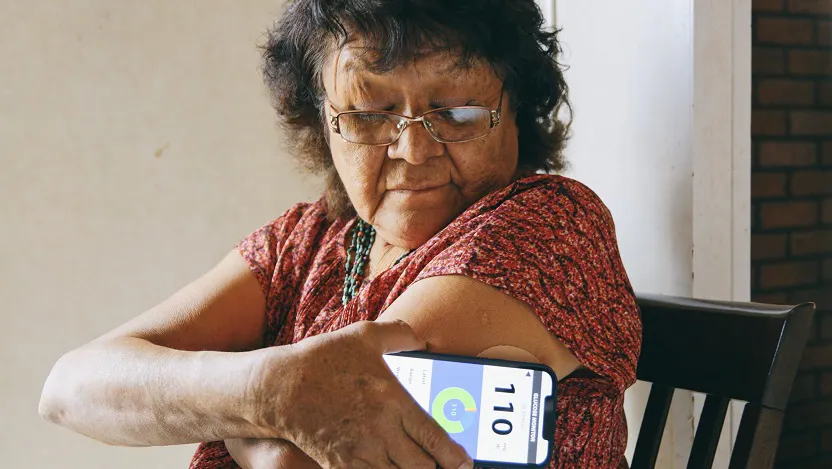What is Diabetes?
Diabetes is a condition where the body cannot properly manage sugar levels in the blood. There are two main types: Type 1 and Type 2. Type 1 diabetes is when the body doesn’t produce any insulin, a hormone needed to control blood sugar. Type 2 diabetes is more common and occurs when the body doesn’t use insulin well or doesn’t make enough of it. Read: Gestational Diabetes: How It Affects Pregnancy
Why Older Adults Are at Risk
As we age, our bodies undergo many changes. For older adults, several factors can increase the risk of developing Type 2 diabetes:

- Slower Metabolism: As we get older, our metabolism slows down, making it easier to gain weight. Extra weight, especially around the waist, can make it harder for the body to use insulin properly.
- Less Physical Activity: Older adults may not be as active as they once were due to physical limitations or a lack of energy. Less exercise can lead to weight gain and insulin resistance.
- Dietary Changes: Older adults might not eat as well due to various reasons like dental issues, changes in taste, or difficulty cooking. Poor diet can contribute to weight gain and high blood sugar levels.
Symptoms to Watch For
Diabetes can develop slowly, and its symptoms might be mistaken for normal aging. Here are some signs to look out for:
- Increased Thirst and Urination: High blood sugar levels cause more thirst and frequent trips to the bathroom.
- Fatigue: Feeling very tired even with enough rest can be a sign of diabetes.
- Blurry Vision: High blood sugar can cause vision problems.
- Slow-Healing Wounds: Cuts and bruises that take longer to heal can indicate diabetes.
- Weight Loss: Unintended weight loss can be a symptom, especially in Type 1 diabetes.
Managing Diabetes
If diagnosed with diabetes, there are several steps older adults can take to manage the condition:
- Healthy Eating: Focus on a balanced diet rich in fruits, vegetables, whole grains, and lean proteins. Avoid sugary foods and drinks.
- Regular Exercise: Physical activity helps control blood sugar levels and maintain a healthy weight. Simple activities like walking, swimming, or yoga can be very effective.
- Medication: Some people might need medication to help control their blood sugar. It’s important to take these as prescribed by a doctor.
- Regular Check-ups: Frequent visits to the doctor can help monitor and manage diabetes. This includes checking blood sugar levels, blood pressure, and cholesterol.
Complications to Be Aware Of
If not managed properly, diabetes can lead to several serious health problems:
- Heart Disease: High blood sugar can damage blood vessels, increasing the risk of heart disease and stroke.
- Kidney Damage: Diabetes can affect the kidneys’ ability to filter waste from the blood.
- Eye Problems: It can cause vision problems and even blindness if not controlled.
- Nerve Damage: High blood sugar can damage nerves, causing pain or numbness, especially in the feet.
Tips for Caregivers
If you’re caring for an older adult with diabetes, here are some tips to help:
- Monitor Their Diet: Ensure they eat healthy meals regularly.
- Encourage Exercise: Help them stay active with suitable exercises.
- Keep Track of Medications: Ensure they take their medicines on time.
- Attend Doctor Appointments: Accompany them to check-ups to stay informed about their health.
Conclusion
Diabetes is a common condition in older adults, but with the right management, it can be controlled. Understanding the risks, symptoms, and management strategies can help older adults live healthy and fulfilling lives. Remember, a healthy lifestyle, regular check-ups, and proper medication can make a significant difference in managing diabetes.


